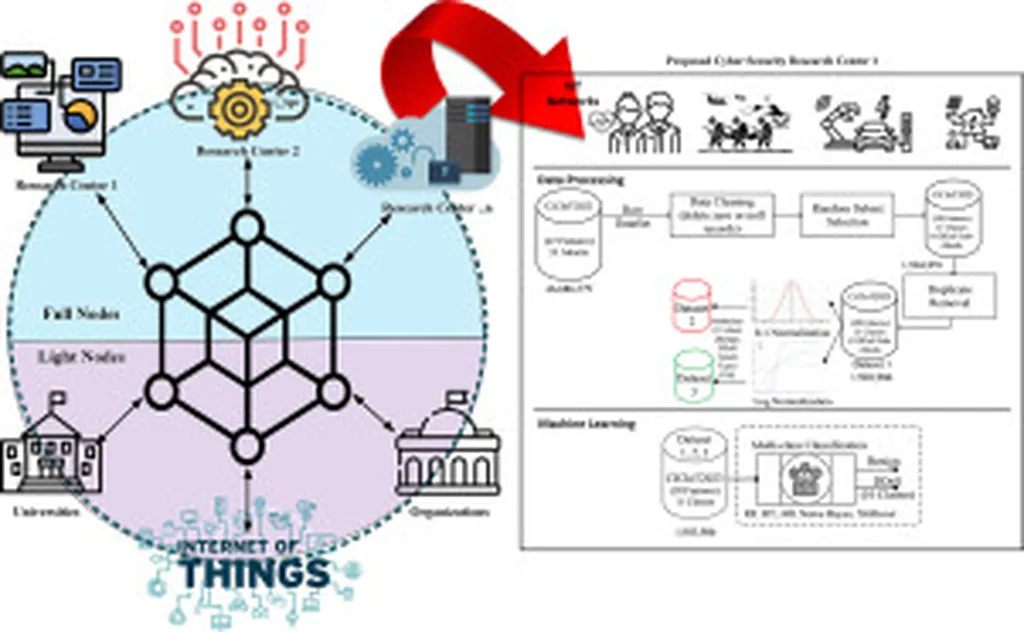In the rapidly evolving landscape of Internet of Things (IoT) networks, ensuring data integrity and consistency is paramount. This is especially true for sectors like healthcare, agriculture, and transportation, where the reliability of IoT systems can directly impact societal well-being and economic stability. Enter blockchain technology, a decentralized ledger system that promises to enhance data security and transparency. However, integrating blockchain into IoT networks is not without its challenges, primarily due to the limited computational resources of IoT devices. This is where the work of Maxim Melnikov, a researcher from Bunin Yelets State University in Yelets, Russia, comes into play.
Melnikov’s recent study, published in the journal *Современные информационные технологии и IT-образование* (Modern Information Technologies and IT Education), delves into the intricacies of blockchain consensus mechanisms and their applicability to IoT systems. Consensus mechanisms are the backbone of blockchain technology, enabling multiple nodes to agree on a consistent view of data. “A carefully selected algorithm can provide the network with properties like fault tolerance and immutability,” Melnikov explains, highlighting the critical role of these mechanisms in ensuring the reliability of blockchain networks.
Traditional consensus algorithms like Proof of Work (PoW) are notoriously resource-intensive, making them unsuitable for IoT devices with limited processing power. Melnikov’s research provides a comparative analysis of popular consensus mechanisms, evaluating them against a set of developed criteria to determine their suitability for IoT systems. “The main difficulty of implementing blockchain in IoT is the lack of computing resources of these ‘smart devices’,” Melnikov notes, underscoring the need for more efficient consensus algorithms.
The study explores the potential of alternative consensus mechanisms, such as Microchain and Proof of Supply Chain Share, which are designed to be less resource-intensive. These algorithms could pave the way for the integration of blockchain technology into IoT networks, enhancing data security and consistency without overwhelming the limited computational resources of IoT devices.
The implications of this research are significant for the energy sector, where IoT systems are increasingly being used for monitoring and managing energy consumption. Ensuring the integrity of data in these systems is crucial for optimizing energy usage and preventing potential security breaches. By adopting more efficient consensus mechanisms, energy companies can enhance the reliability of their IoT networks, leading to improved operational efficiency and reduced costs.
Melnikov’s work also highlights the importance of decentralized networks in the context of IoT systems. Decentralization can enhance the resilience of IoT networks, making them less susceptible to single points of failure and improving their overall security. This is particularly relevant for the energy sector, where the reliability of IoT systems can have far-reaching implications for grid stability and energy distribution.
As the IoT landscape continues to evolve, the findings of Melnikov’s research could shape the development of future consensus mechanisms tailored for IoT systems. By addressing the computational limitations of IoT devices, these mechanisms could unlock the full potential of blockchain technology in enhancing the security and reliability of IoT networks. This, in turn, could drive innovation in various sectors, from healthcare to transportation, and pave the way for a more secure and efficient digital future.

